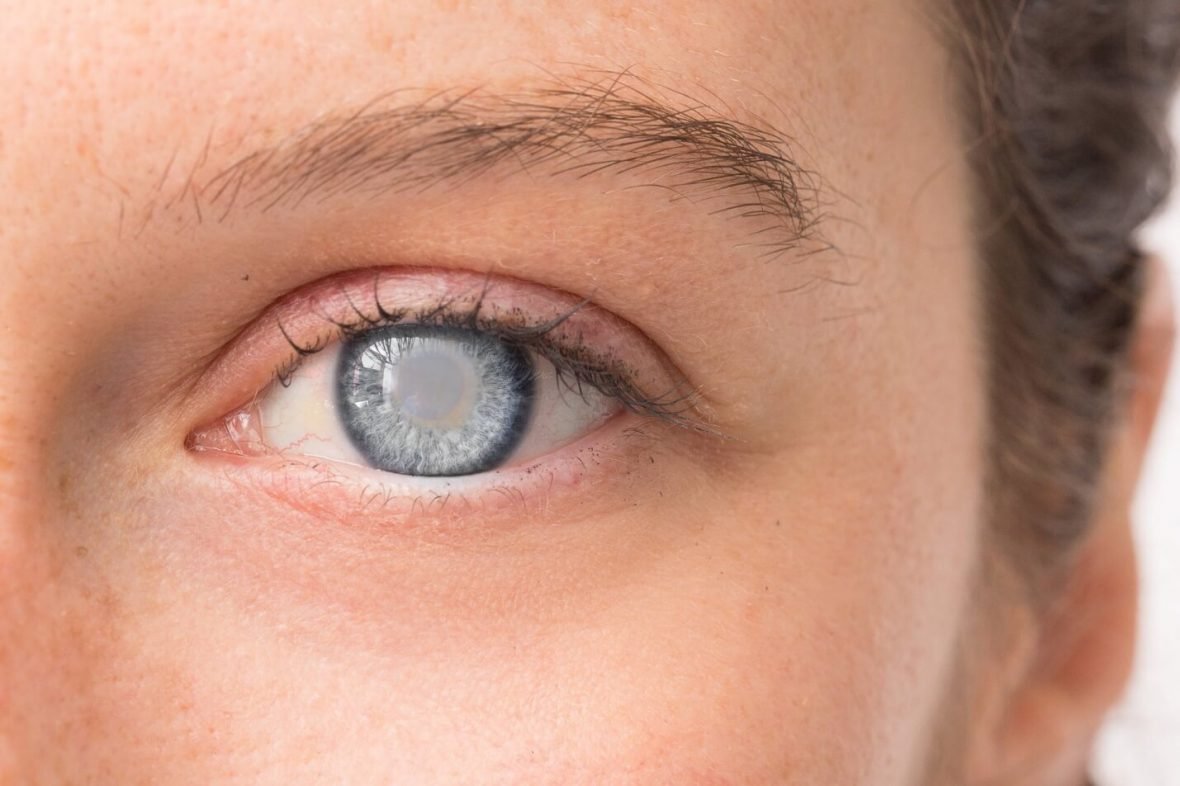People who happen to have a cataract in one of their eyes are those who see a clouding in their vision because the lens of the eye built up a lot of protein within it. While this condition is completely painless, it can be quite distracting, and worst of all, it is a progressive condition, which means that it can eventually lead to complete blindness.
How common is this condition?
In Australia, according to doctors that perform cataract surgery in Sydney, this condition is quite common, as the majority of Australians who are older than 65 develop this condition. Of course, the condition is not limited to age, as even younger patients may have a cataract, but those cases are rare.
How does a cataract develop itself?
There are various ways that this condition can manifest in one’s eye, and the exact reason, despite how far medicine has come, is still unknown. Doctors are suspecting that the manifestation of a cataract is due to injury, medications, illnesses like diabetes, or exposure to ultraviolet light. Another interesting suspicion is that it is because of smoking, as it seems to develop in patients who smoke more often.

How is a cataract diagnosed?
To diagnose a cataract, the doctor will have to do a series of tests. First, the doctor will perform a dilated eye exam, which helps them see the condition of the lens and other parts of the patient’s eye. After that, if needed, the doctor will also do biometry, which is a procedure that measures the eye’s length.
Some symptoms are quite helpful when it comes to diagnosing a cataract, and they include things like blurred vision, double vision, seeing halos, bad night eyesight, yellow-tingled vision, and common changes in eye prescription, and all of these are accompanied by the fact that the patient feels no pain.
Usually, the patients who have this condition will not even notice that they have it until they notice that they are having trouble reading while working, or having a problem driving and seeing signs on a certain side of their eye as they are coming closer to the sign.
How is the cataract treated?
The most common way today to treat a cataract is via surgery, and it is the most successful way to do it, as it has a ninety-nine percent success rate and a very low chance of complications. As tricky as surgeries seem, a lot of people would assume that the ones revolving around the eye are the most invasive.
However, cataract surgery is a minimally invasive procedure, where the eye is numbed with the help of anesthetics. The doctor will make a small incision in the eye, and then insert an ultrasonic probe into the incision. Instead of extracting the cloudy portion, the probe is used to break up the cloudy lens into tiny pieces via emulsification.
As the old lens is completely dissolved, it gets sucked out of the eye, and then it gets replaced by a new lens in the same spot as the old one, but without cloudiness. Unlike most surgeries which can take hours, this one surprisingly takes a couple of minutes, and it is painless.
How does the recovery go?
According to Sydney ophthalmologists, the recovery from this procedure goes smoothly almost all the time, and only a small percentage happens to have a complication. Once the procedure is completed, the patient will receive an eyepatch that is placed over the operated eye, and they will have to rest for a bit. Patients are free to go home and rest there.
During the recovery period, there might be some itching and discomfort in the operated eye, but it shall pass quite fast. Sometimes there is also fluid discharge, but it should not alarm you, as it is a normal reaction. To lower the chances and the inconvenience of this happening, the doctor will prescribe eye drops that speed up the healing process and lower the risk of infection.
Not all patients have the same new lens
Before the surgery, the doctor will usually discuss what is the best lens for the patient to get, and when they come to a decision, the new lens will usually bring them to fully corrected eyesight. In some cases, patients who wore glasses for far distances might not need them anymore, so the surgery might take two birds with one stone.
Final word
If you find yourself in the risk group for this condition, which is to be older than 65, and you are experiencing some of the symptoms that we mentioned, consider visiting your local doctor for consultations, as it is more convenient to take care of a cataract in its early stages.


